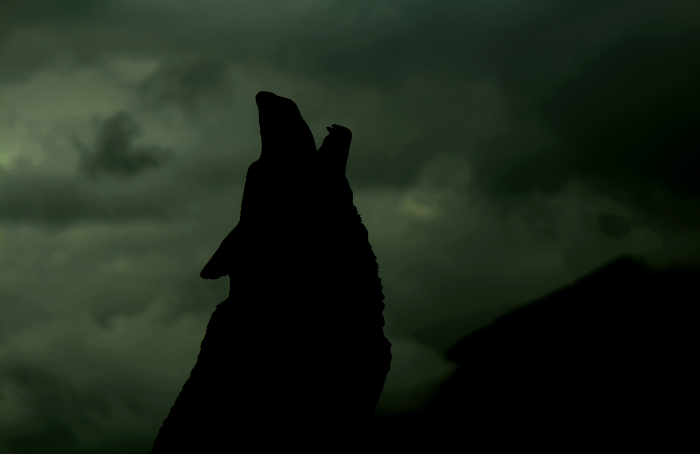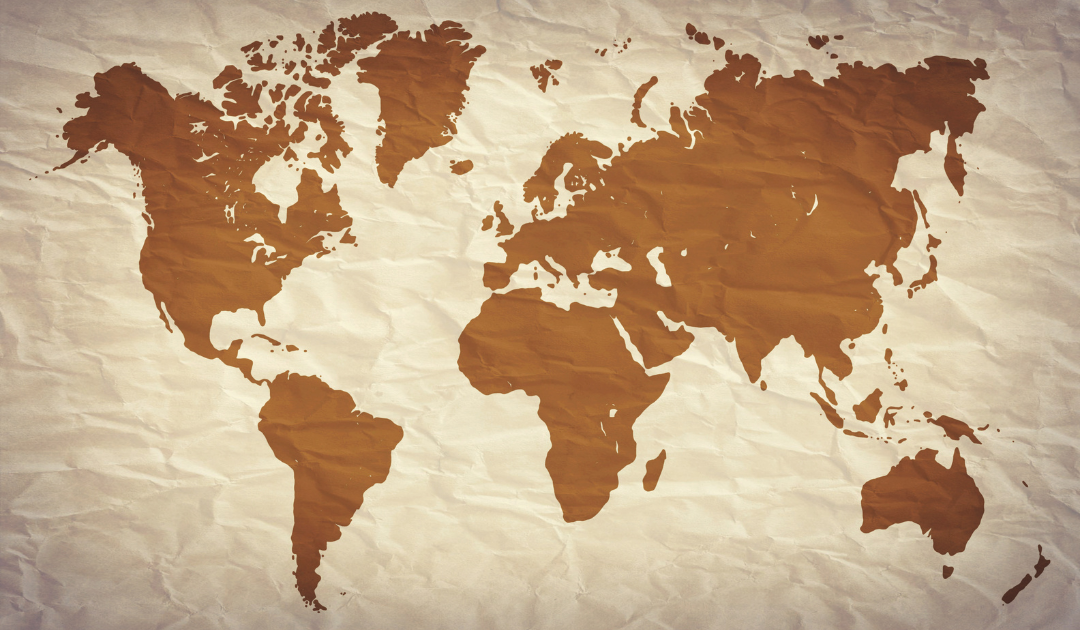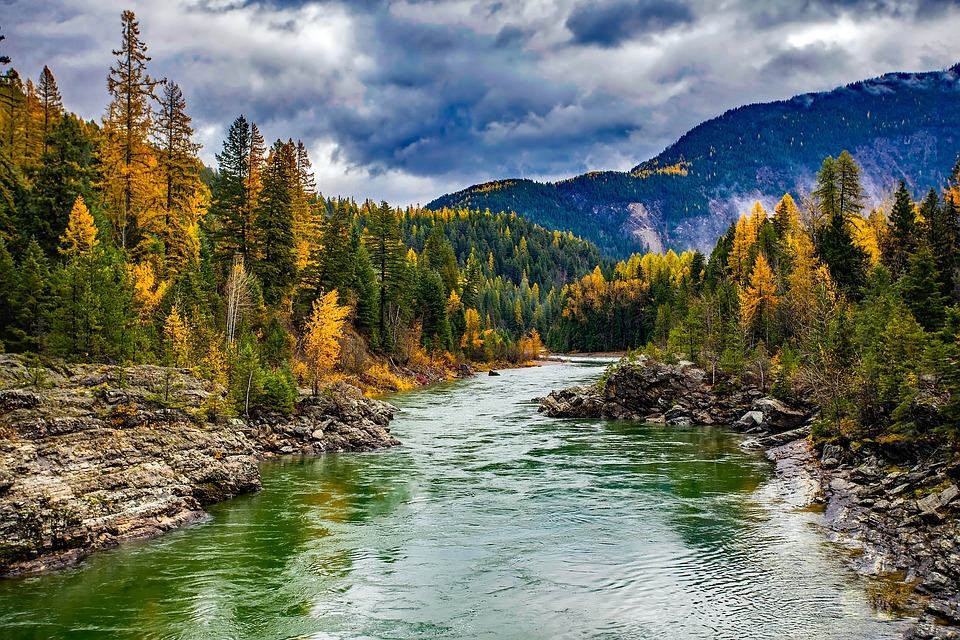1982 Joel Garreau published The Nine Nations of North America, dividing the continent into cultural and economic “nations.”
Montana, along with much of the interior West, was assigned to what he called the Empty Quarter — a vast, beautiful, but sparsely populated land dependent on federal support, ranching, mining, and energy extraction.
Garreau’s description captured a certain rugged reality of the time. But today, Montana’s story is more prosperous, complex, and vibrant.
As someone with close friends living in Billings and Bozeman, I’ve seen firsthand that Montana is no longer just a wide-open space. It’s a state of growth, innovation, and independent spirit.
Montana’s Traditional Strengths: Still Vital, Still Proud
Yes, ranching and agriculture remain cornerstones of Montana’s economy.
- Montana ranks among the nation’s top wheat, barley, and cattle producers.
- Ranches and farms still define much of the economic and cultural landscape.
- Mining, oil, and timber — the old pillars Garreau emphasized — continue to contribute, especially in certain regions.
But today, these industries are supported by advanced technologies, sustainable practices, and a new generation of entrepreneurs who blend tradition with innovation.
Tourism and the Outdoors Economy: A National Treasure
One of the most visible changes since Garreau’s time is Montana’s booming tourism and outdoor recreation economy.
- Yellowstone National Park, Glacier National Park, and countless wilderness areas attract millions each year.
- Adventure tourism — hiking, fly fishing, rafting, skiing — pumps billions into the state annually.
- According to the Montana Office of Tourism, outdoor recreation accounts for over $7 billion in consumer spending each year.
Montana isn’t just ranches and mines — it’s trails, rivers, peaks, and wide-open skies that people across the globe dream of experiencing.
The Rise of the Knowledge Economy: Billings and Bozeman Lead the Way
Garreau could not have predicted the rise of a vibrant knowledge economy in Montana’s urban centers.
- Bozeman is one of the fastest-growing micropolitan areas in the United States.
- It’s home to a booming tech sector, entrepreneurs, startups, and high-end service industries.
- Montana State University has been a catalyst, fueling innovation in biotech, photonics, and software.
- Billings, Montana’s largest city, anchors the state’s healthcare, finance, and energy sectors.
- Billings has a growing medical corridor, thriving retail hubs, and regional service industries that reach across state lines.
In places like Bozeman and Billings, Montana is writing a new economic story built on connectivity, technology, and creative energy while retaining its down-to-earth spirit.
Why Montana Still Matters — and Always Will
Montana’s landscape may seem timeless: the endless prairies, towering mountains, and quiet small towns.
But underneath that big sky, Montana has evolved into a modern frontier where tradition and innovation coexist.
Montana today is:
- A guardian of America’s agricultural heritage.
- A steward of breathtaking natural beauty.
- A rising star in technology, healthcare, education, and entrepreneurship.
Where Joel Garreau once saw empty spaces, we now see thriving communities and infinite potential.
Final Reflection
Montana proves that no place is ever static.
The “Empty Quarter” isn’t empty — it’s full of heart, ambition, creativity, and resilience.
If you want to see where America’s pioneering spirit still burns brightly — and where the future is being built daily — look to Montana.


































































